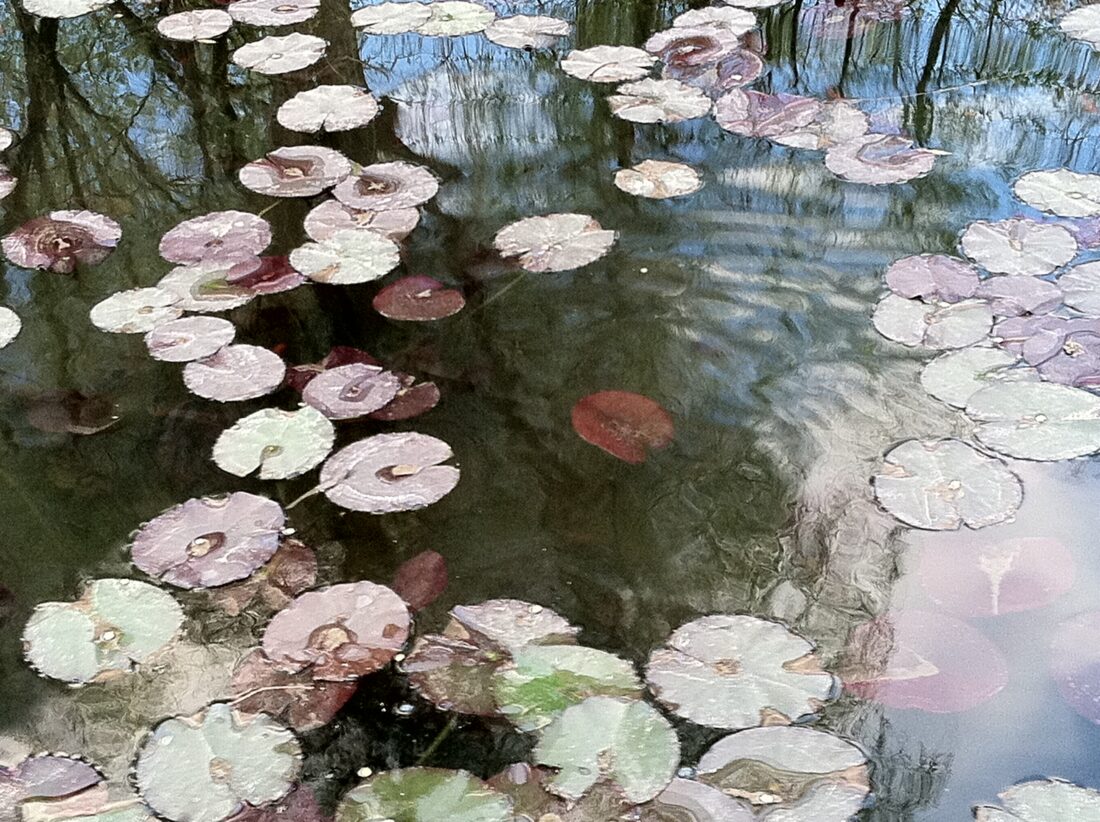“You don’t look back along time, but down through it, like water. Sometimes this comes to the surface, sometimes that… Nothing goes away.”

Our lives are made of overlapping narratives – some invented, some inherited, some remembered. Memoir writing is a journey; the facts are just the beginning.
Writing Your Way To Your Material
Like any journey, there is no single road to take, no easy set of directions. We have our whole lives to write about and the choices can be overwhelming. One way to start is to focus on a concrete time, place, or image – something specific that moves you. If a memory surfaces, a room you remember, a view from a window, follow it, especially if feelings come up as you begin writing. Those feelings mean energy is there, and energy creates momentum that will carry you forward, often to places you never would have thought to go. Thinking about what you want to write is far more difficult than writing your way there.
Start In The Middle
Don’t worry about filling in background material. Instead, go right to the heart of your story. When you set out to write, imagine you are having a conversation with a close friend, someone who knows and understands you. You probably won’t start at the beginning or feel like you have to explain or justify what you want to say.
Notice The Details
Details ground a story in the physical world and are doorways for the creative mind. When you move into the details, a whole world opens up. The bedroom of your childhood becomes the walls covered in yellow flowered paper. Your nervousness driving in a car becomes the outline of your red shoe pressed against the side of the door on the long ride home. We invest the physical world with aspects of ourselves. We forge relationships with the houses we inhabit, the clothes we wear and the feel of the air on our skin. The real power in stories comes through detail.
Getting Stuck
If in the middle of a story you suddenly find that you’re stuck and don’t know what to write next – stop, breathe, and go back to the moment you were just writing about. What does your body feel like? Is the air warm, cold, dry? What colors do notice? What do you smell? Do you hear music or nature sounds, or something else? Who is there with you? Who isn’t there? Then pick up your pen and start writing again. When you’re at the point where you don’t know what to do next, that’s when it starts to get interesting.
Read Aloud
Read your story aloud – to the room, to the trees, to a friend. Does the story make sense? Are the characters believable? Does the language flow in an interesting way? If you’re reading to someone, ask where they connected to your story and where their attention wandered. Did they want to hear more about something? The act of reading your story aloud is important. It’s a reminder that memoir isn’t about recounting facts, it’s about creating an experience for a reader.
A Sacred Place
Like dreaming, there is something restorative about writing our stories. I like to think of writing as a place to go, rather than a thing to do. As with any trip, there are rituals of preparation we enact before setting out. They can be as simple as making a cup of tea, lighting a candle or taking a walk. These rituals are part of the journey and help set this place apart from the rest of our lives. It’s not unlike what Joseph Campbell calls a sacred place, “a place where you can simply experience and bring forth what you are and what you might be. This is the place of creative incubation. At first you may find that nothing happens here. But if you have a sacred place and use it, something eventually will happen.”